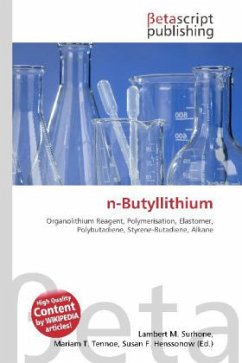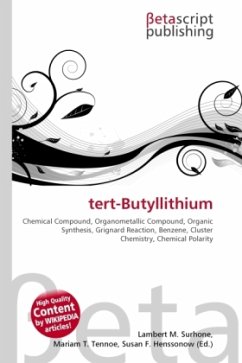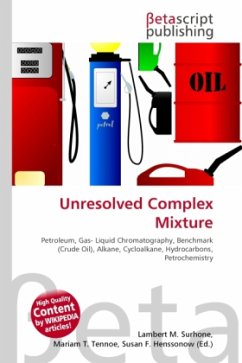Please note that the content of this book primarily consists of articles available from Wikipedia or other free sources online. n-Butyllithium (abbreviated n-BuLi) is the most prominent organolithium reagent. It enjoys wide use as a polymerisation initiator in the production of elastomers such as polybutadiene or styrene-butadiene-styrene (SBS). Also, it is broadly employed as a strong base (superbase) in organic synthesis, both industrially and in the laboratory. Butyllithium is commercially available as solutions (15%, 25%, 2 M, 2.5 M, 10 M, etc.) in alkanes such as pentane, hexanes, and heptanes or in ethers as diethyl ether and THF. Annual worldwide production and consumption of butyllithium and other organolithium compounds is estimated at 1800 tonnes. Although it is a colourless liquid, n-butyllithium is usually encountered as a pale yellow solution in alkanes. Such solutions are stable indefinitely if properly stored, but in practice, they degrade upon aging. Fine white precipitate (lithium hydride) is deposited and the color changes to orange.
Bitte wählen Sie Ihr Anliegen aus.
Rechnungen
Retourenschein anfordern
Bestellstatus
Storno








